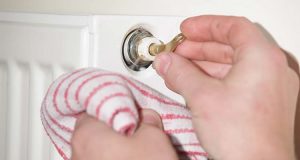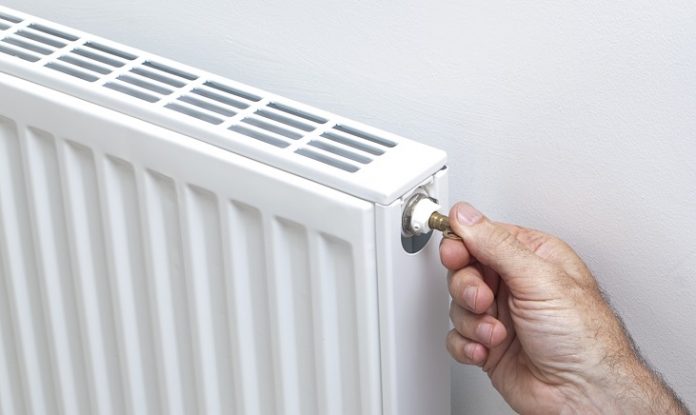As the name indicates, a radiator radiates the excessive heat produced by the engine of a vehicle. However, the need to bleed a radiator arises when air trapped in it. There is no way out for the hot air to pass by. Even though the radiator gets noisy when choked. If you have a vehicle in excellent condition and you are habitual in keeping a good track record of its maintenance, it would be better to bleed your radiator once a year.
Some important steps to bleed a radiator:
Below stated some commonly practiced and successfully proven procedural steps of bleeding a radiator:

1- Turning off the radiator:
It is highly essential to switch off the heating system. However, It may be challenging to touch the radiator due to its scorching temperature. So, it would be easy enough to turn it off to avoid the bubbling water shower.
2- Insert the key to bleed a radiator
A radiator key is a small triangular key-like structure that helps in clearing the air choked radiator. So, the radiator will release the trapped air, and you can listen to the snake-like hissing sound. It is evident once the radiator key is fitted into the valve at the radiator.
Moreover, don’t forget to keep a cloth with you to absorb any water that could probably jump out. Remember, Safety first!
3- Close the valve to bleed a radiator
When the air leaking sound ceases to exist, you have to quickly coil the valve to stop extra water from coming out of it. Again, it is an indicator that you are done with the radiator bleeding procedure.
If too much water escapes, there is a possible chance that the engine will get heated up and friction increases, causing harm to your vehicle.
So, it is now time to turn on the warmth system of your vehicle to ensure its proper functionality.
4- Don’t forget to check the pressure!
Bleeding a radiator can cause excessive water loss, leading to excessive heating, and will ultimately cause harm.
However, to check the pressure, you need a pressure gauge or meter to measure the intensity. It advises adjusting the pressure slowly and not fluctuate it by sudden moves.
Additionally, make sure that you stick your pressure gauge needle in between yellow and red lines. Here yellow indicates less pressure while red indicates excessive force.
Here’s a question to ponder.
Is this only functional for vehicles??
The answer is NO!
This method also works for other accessories or even your house’s central heating system. So you apply the same procedure to radiators other than your vehicle and see the magic happening.
Conclusion
It suggests that to undertake this process before the commencement of winters to ensure proper working of radiators. And this process is not at all time-consuming. It would hardly take 15 minutes to be in action. So at least you can spend such a small fraction of your precious time saving your appliances, right?
Also read: How to save a life

